Cat Scratching Side of Litter Box: Why Do Some Cats Do That?
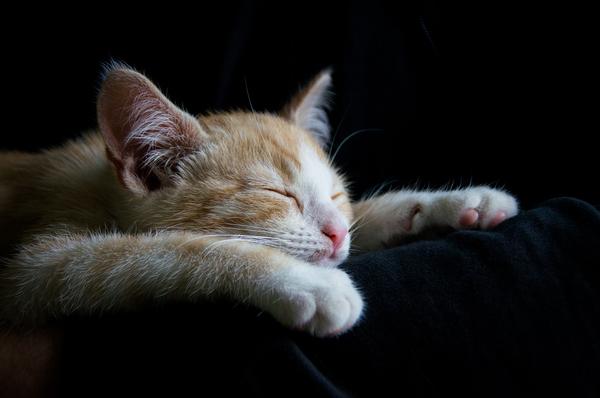
Tired of hearing that incessant scratching sound coming from the side of your cat's litter box?
Wondering why on earth your furry friend finds it necessary to destroy your sanity along with their litter box? 😫
Feeling frustrated and at a loss for how to stop this behavior?
Don't worry, you're not alone in your exasperation.
But fret not, my friend, because in this blog post, we're diving deep into the mysterious world of cat scratching.
So buckle up and let's uncover the secrets behind your cat's relentless scratching escapades.
Litter Box Design and Scratching
When it comes to the design of the litter box and scratching, there are a few things you should consider to make your cat happy.
- Make sure the entrance to the litter box is the right size. If it's too small or uncomfortable, your cat might scratch the sides. You want them to be able to get in and out easily.
- Keep the depth of the litter box at around 3 inches. This will help prevent excessive digging, giving your cat enough room to bury their waste without getting frustrated.
- Get a good quality litter box that either doesn't have a liner or has a liner that can withstand scratching. Cats are known to scratch, and you don't want them damaging the box. Invest in one that can handle their natural behavior.
- Consider getting a litter box with taller sides or a lid. This will minimize the amount of litter being kicked out and keep your space cleaner and neater.
- Give your cat alternative surfaces to scratch on. Provide scratching posts or boards near the litter box. Redirecting their scratching behavior can reduce frustration and encourage better litter box habits. 😺
Understanding these factors and addressing them will make a big difference in your cat's experience with the litter box.
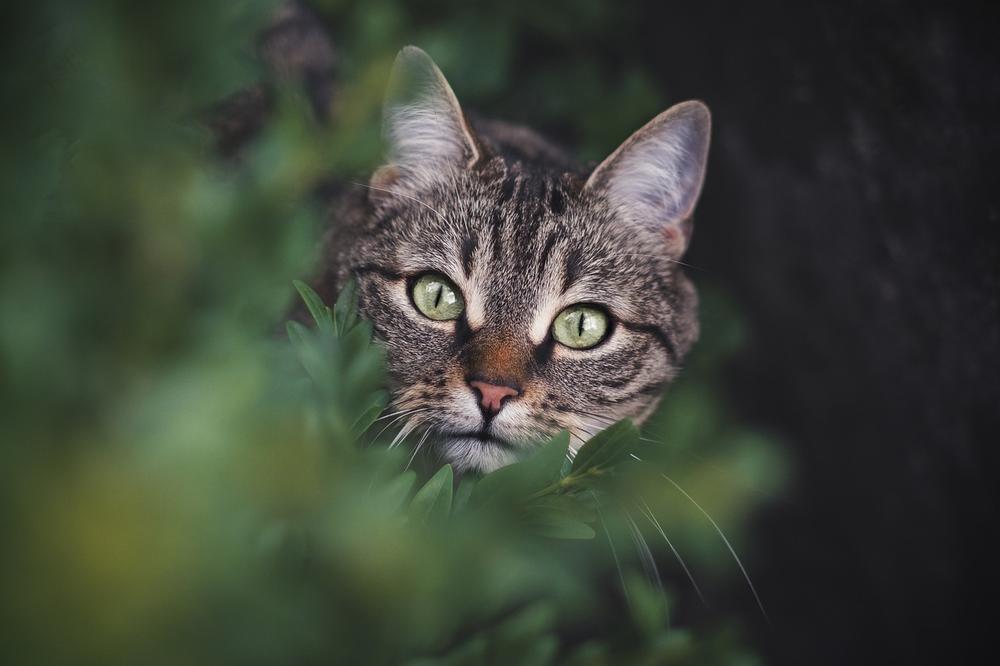
By following these tips, you can create an environment where your cat feels comfortable and satisfied.
So go ahead, give these suggestions a try and improve your cat's routine with the litter box.
Litter Box Cleanliness and Scratching
When it comes to keeping your cat's litter box clean and preventing excessive scratching, here are the most important points you need to know:
- Try out different types of litter to see if your cat prefers a certain texture or scent. This could influence their scratching behavior.
- If your cat is scratching a lot after using the litter box, it might be because there's dirt stuck in their paws. To avoid this discomfort, make sure to scoop the litter daily and change it once a week.
- Dirty and smelly litter boxes can make cats uncomfortable and cause them to scratch excessively. So, it's important to regularly clean the litter box to maintain a fresh environment for your feline friend.
- The size, cleanliness, and amount of litter in the box can also contribute to excessive scratching. Make sure the litter box meets your cat's preferences and needs, so they don't get dissatisfied.
- By taking care of these factors and keeping the litter box clean, you'll create an environment that encourages proper use of the litter box and reduces scratching behaviors.
A clean litter box is crucial for your cat's comfort and overall well-being.
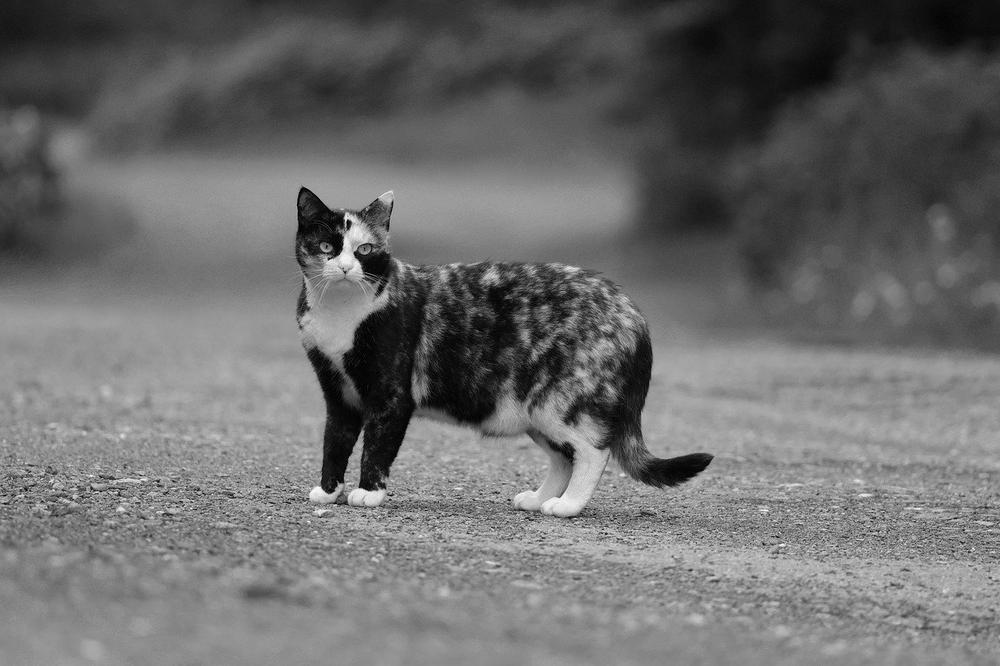
So, now that we've covered the importance of litter box cleanliness and how it can affect your cat's scratching behavior, let's move on to another crucial aspect...
Minimizing noise and distractions in the environment...
Litter Box Placement and Scratching
If you want your cat to have a peaceful time using the litter box, here's what you need to do:
- Get rid of any distractions or loud noises near the litter box.
- Find a calm spot in your house where you can put the litter box.
- Make sure your cat can easily reach the litter box whenever they need to.
- Put a cardboard scratching board right next to the litter box so that your cat has an alternative to scratching the floor.
- Encourage your cat to use the scratching board instead of ruining your beautiful floors.
- Make sure to keep the litter box clean and tidy at all times.
- Above all else, prioritize your cat's comfort and convenience.
Cats need their privacy when they're doing their business.
So place the litter box in a quiet area to help them relax.

And if you provide some scratching options, like the handy cardboard board, you'll protect both your floors and your feline friend's sanity.
Just stick to these steps, and you'll have a happy cat and a sparkling home.
And if you're struggling with multiple cats or a litter box that feels too small, I have some helpful suggestions for you too!
Litter Box Size and Scratching
Multiple litter boxes for multiple cats
If you're a cat owner, let me let you in on a little secret:
Cats can be pretty territorial creatures.
And that means when it comes to their litter box, they don't always play nice with others.
That's why having multiple litter boxes throughout the house is a good idea if you've got multiple fur babies.
Yup, by providing more than one litter box, you're making sure that each cat has their own private potty space. No more competition or scratching battles over who gets first dibs on that precious litter box real estate. And trust me, that can go a long way towards reducing conflicts and preventing scratching behaviors.
Size matters when it comes to litter boxes
Now, here's something else to consider:
The size of the litter box itself. You know how humans like a little elbow room when using the bathroom?
Well, turns out, cats are no different. In fact, experts recommend a litter box that's about 1.5 times the length of your adult cat from nose to tail.
But what if you've already got a litter box that feels too small for your cat?
Don't worry, I've got a solution for you.
You can use a storage box and cut out an entrance, creating a larger litter box that gives your cat some much-needed space. Because let's face it, none of us like feeling cramped while doing our business, right?
The key to happy scratching (or lack thereof)
Okay, now listen up because this is important.
If you notice your cat scratching the sides of the litter box, it's not just them being picky.
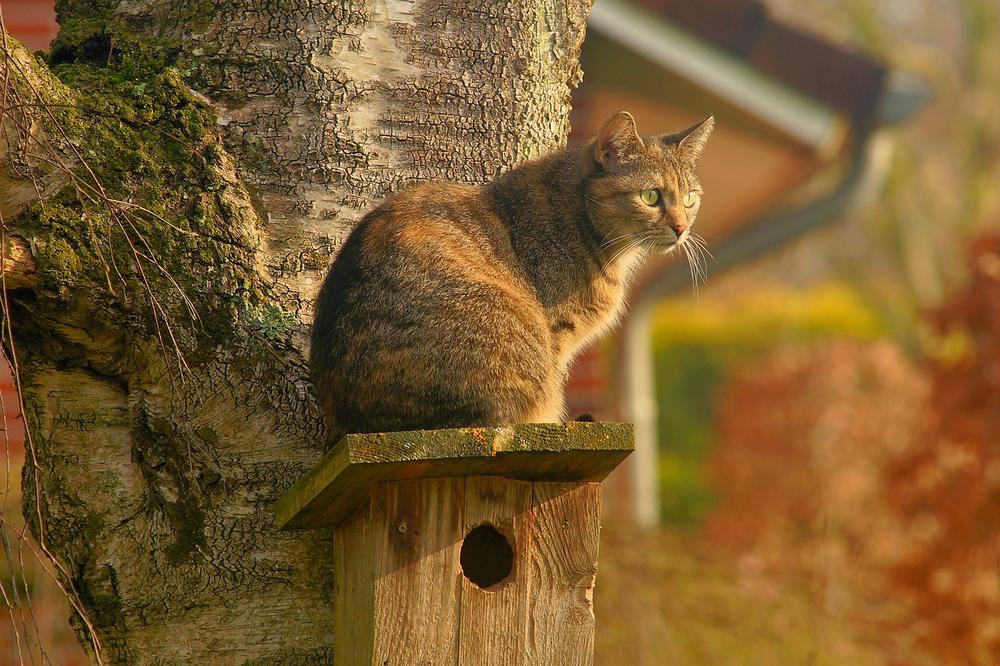
It's actually a sign that the box is too small for their comfort. And we all want our furry friends to feel comfortable, don't we?
So, what do you do?
Simple - get a bigger litter box!
By providing a spacious and adequately sized litter box, you're ensuring that your cat has a positive litter box experience.
No scratching. No complaints.
Just happy cats and clean floors. Sounds like a win-win to me!
And here's another thing to consider...
The needs of aging or arthritic cats.
If your cat is struggling to enter or exit a litter box with high sides, it may be time for a change.
Providing a litter box with lower sides can make it easier for them to access and help reduce discomfort-related scratching.
Additionally, observing any agitation or excessive scratching in the litter box, like Cat, who was adopted from the local humane society 5 months ago, calls for attention and potential solutions, such as using synthetic pheromones like Feliway.
You have to address these issues promptly and consult a veterinarian if necessary...
Litter Box Accessibility and Scratching
When it comes to your cat's litter box and scratching, here's what you need to know.
- You have to think about what your specific cat needs. If they're getting older or have arthritis, go for a litter box with lower sides that are easier for them to get in and out of.
- If your cat seems agitated or scratches a lot while using the litter box, it could mean they're not comfortable or stressed. Try using synthetic pheromones like Feliway to make them feel more at ease.
- If these issues persist, it's important to consult a vet. There may be an underlying medical problem causing the stress and scratching.
- Keep an eye out for health problems like diarrhea or stomach issues, as they can make your cat scratch excessively. Taking care of these problems can help reduce the scratching behavior.
- Changes in your home or routine can stress your cat out and lead to scratching. Keeping things stable and consistent can help minimize this behavior.
- If your cat keeps scratching persistently, it might be a sign of a mental issue. Rather than punishing or scolding them, seek vet help. Punishment can make things worse instead of better.
Understanding and taking care of your cat's needs is vital for their well-being and stopping destructive scratching.
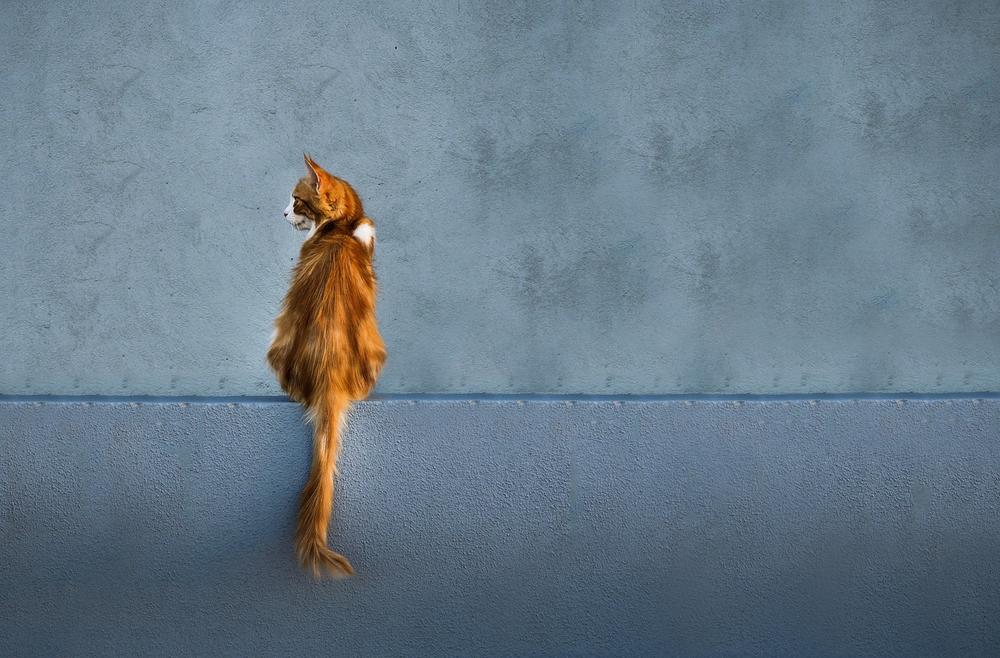
However, if you're facing the frustrating challenge of finding possible explanations or solutions for your cat's behavior of dragging clothes into the litter box, I highly recommend checking out my blog post: Why Does My Cat Drag My Clothes Into the Litter Box.
In this comprehensive guide, I delve into the peculiar habits of cats and provide insights that may assist you in understanding and addressing this perplexing behavior.
With my tips and recommendations, you'll discover new perspectives to help keep your feline friend happy and your home tidy.
Litter Type and Scratching
Try different unscented litter options, as some cats may be sensitive to strong scents.
Some scents can cause your cat to scratch more as they try to bury or cover up overwhelming smells.
Scratching is a natural behavior for cats and helps keep their claws in top shape.
However, excessive scratching could indicate stress or anxiety.
Create a soothing environment to ease your cat's worries.
So, if you see your furry friend scratching frequently, don't fret, they're just following their feline instincts and caring for their adorable paws.
Oh, and speaking of paws, don't forget those delightful toe beans either!
Conclusion
Summary Takeaways:
- Cats scratch the sides of the litter box, not the litter itself.
- Reasons for scratching the sides include frustration, boredom, or dissatisfaction.
- Maintain a depth of around 3 inches in the litter box.
- Use a quality litter box without a liner or a scratch-proof liner.
- Some cats scratch to bury waste effectively.
- Use a litter box with taller sides or a lid to minimize litter being kicked out.
- Offer alternative scratching surfaces.
- Excessive scratching may signal an underlying issue.
- Keep the litter box clean and address any dissatisfaction.
- Place a scratching board beside the litter box.
- Consider the size of the litter box and provide a larger option if needed.
- Use synthetic pheromones for familiarity and security.
- Visit a veterinarian if issues persist.
- Changes in the home environment can trigger stress and anxiety.
- Excessive scratching may indicate a mental issue requiring veterinary attention.
And that wraps up today's article.
If you wish to read more of my useful articles, I recommend you check out some of these: My Cat Keeps Pooping on the Floor in the Same Spot, Cat Peeing in the Sink, Cat Digging in the Litter Box, Why Does My Cat Scratch at the Mirror, and Cat Humping While Kneading
Talk soon,
-Sarah Davis